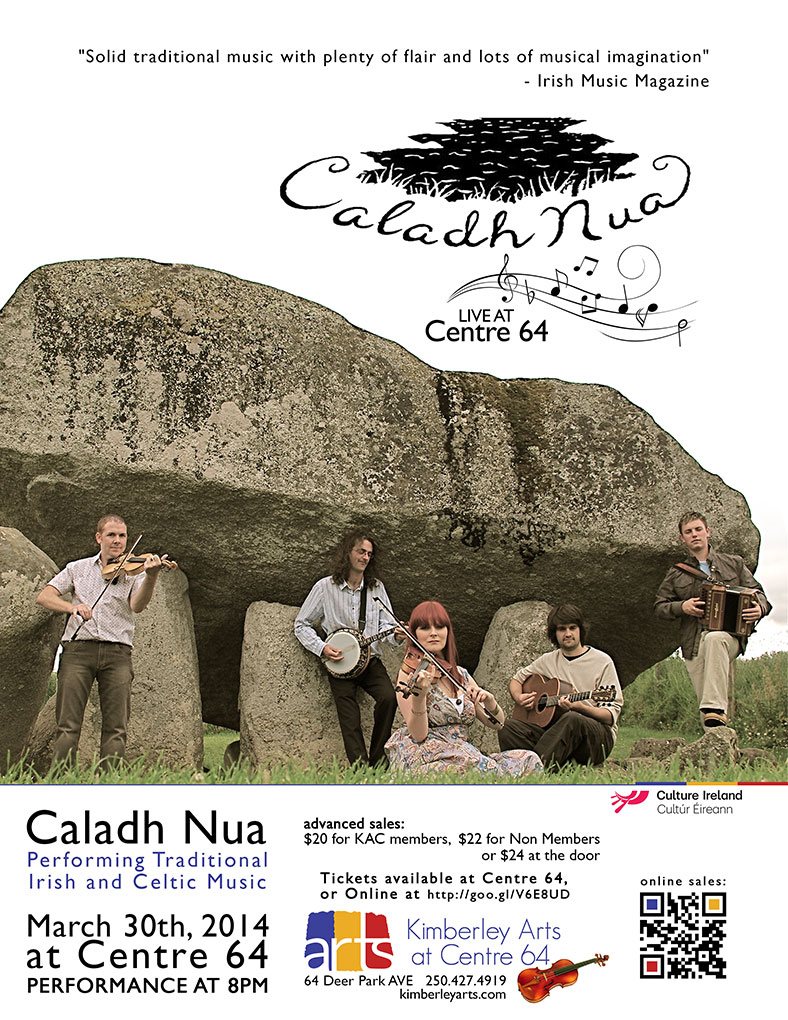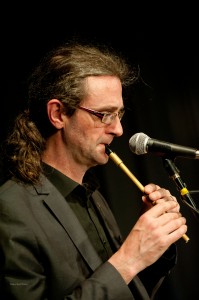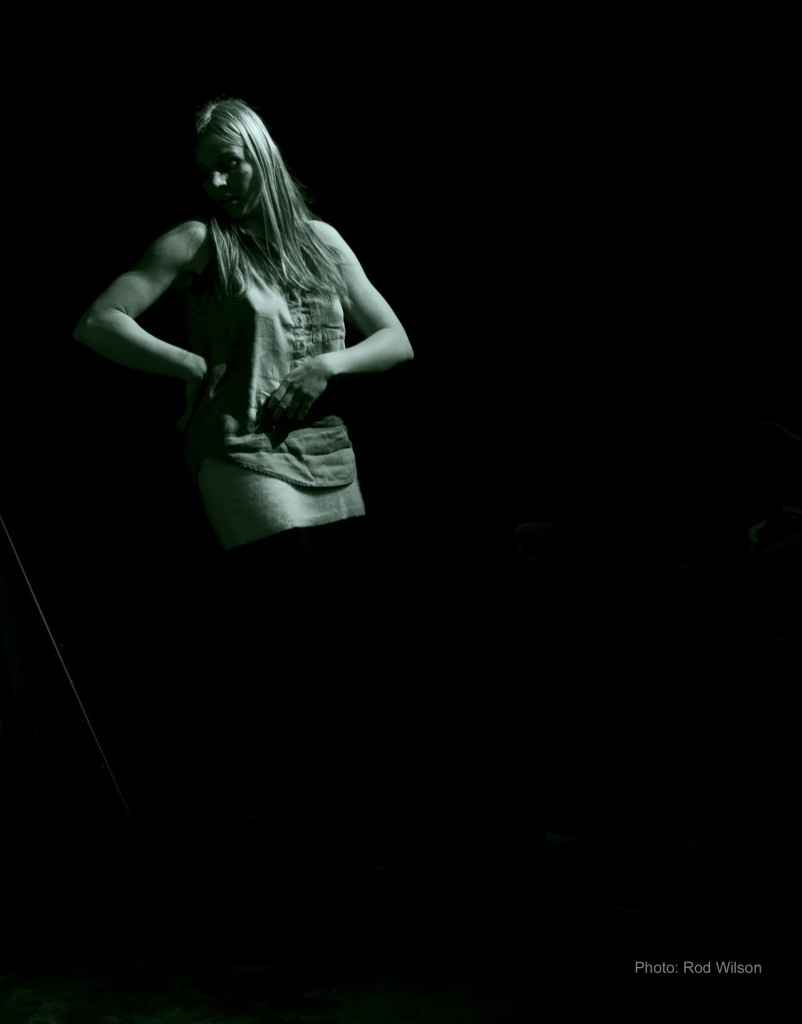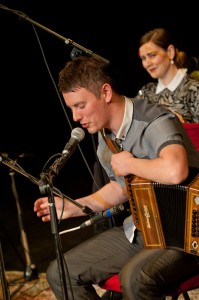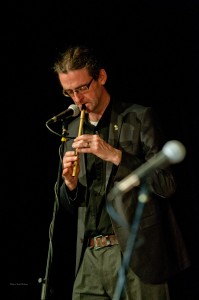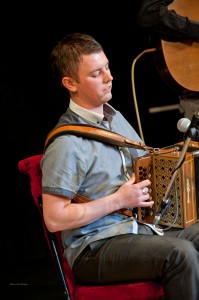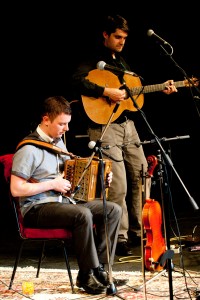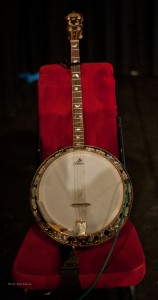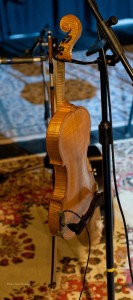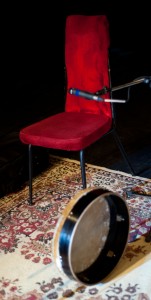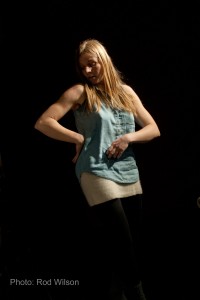This is the real deal – check the Caladh Nua Documentary
and the YOUTUBE clips The Cruel Lowland Maid, The Templehouse Reels, The Banks of the Lee, and Richard Thompson’s Beeswing
@@@@@@@@@@@@@@@@@
The East Kootenays are not exactly the center of the Celtic universe, and yet, over the years we have been treated to some of the finest Celtic musicians that the planet has to  offer. We have seen the likes of Andy Irvine (a legend in Irish music), Ron Kavana, the Irish bands Dervish, Four Men and a Dog, and Danu ; the Alberta band Celtara; The Harbour Trio (with Don Ross) from down east; Cape Breton fiddlers Natalie McMasters, and in a week or so, Ashley MacIsaac. This list does not include those musicians that have a little bit of green in their repertoires and performance styles. The ones who immediately come to mind are Dehli to Dublin (D2D) and that incredible acoustic guitarist Martin Simpson. Now we can add to the list the band that has just performed at Centre 64 – Caladh Nua (“new harbour” or “new sheltered place”). This quintet of musicians include Lisa Butler (vocals and fiddle), Paddy Tutty (fiddle, viola and bodhran), Derek Morrissey (button accordion), Colm O’Caoimh (playing a beautiful cedar top Lowden guitar) and on Irish tenor banjo and Irish whistle, probably one of the tallest Irish speaking men on the planet, Eoin O’Meachair. Just to set the mood and get the feet tapping the band kicked off a night of brilliant music with a set of reels followed by a set of jigs. For the first traditional song of the evening Colm provided some light opening guitar textures for The Cruel Lowland Maid followed by Eoin joining in with some nice chugging banjo rhythm behind Lisa Butler’s vocal. Colm’s guitar playing threw me for a bit. At the beginning I thought he may have been using an open tuning. As it turns out he plays in standard tuning and uses an unorthodox “baseball bat grip” technique that guitar teachers warn you against. They claim it is awkward and inefficient. Yet it works well for Colm and his playing is a study in how to add magnificent bass lines to highly rhythmic accompaniments. By the way, Lisa’s voice is very reminiscent of Dervish’s Cathy Jordan and Eoin’s banjo playing brings back echoes of the legendary Dubliners. That pretty well set the pattern for the evening. Lots of dance sets, solo pieces and great songs scattered in between. For me the standout performances of the evening were the reworking of Bill Monroe’s The Goldrush coupled with the tune Terry Teagan; My choice of the vocals was Lisa’s The Banks of the Lee and Colm O’Caoimh’s outstanding outstanding interpretation of Richard Thompson great narrative song Beeswing.
offer. We have seen the likes of Andy Irvine (a legend in Irish music), Ron Kavana, the Irish bands Dervish, Four Men and a Dog, and Danu ; the Alberta band Celtara; The Harbour Trio (with Don Ross) from down east; Cape Breton fiddlers Natalie McMasters, and in a week or so, Ashley MacIsaac. This list does not include those musicians that have a little bit of green in their repertoires and performance styles. The ones who immediately come to mind are Dehli to Dublin (D2D) and that incredible acoustic guitarist Martin Simpson. Now we can add to the list the band that has just performed at Centre 64 – Caladh Nua (“new harbour” or “new sheltered place”). This quintet of musicians include Lisa Butler (vocals and fiddle), Paddy Tutty (fiddle, viola and bodhran), Derek Morrissey (button accordion), Colm O’Caoimh (playing a beautiful cedar top Lowden guitar) and on Irish tenor banjo and Irish whistle, probably one of the tallest Irish speaking men on the planet, Eoin O’Meachair. Just to set the mood and get the feet tapping the band kicked off a night of brilliant music with a set of reels followed by a set of jigs. For the first traditional song of the evening Colm provided some light opening guitar textures for The Cruel Lowland Maid followed by Eoin joining in with some nice chugging banjo rhythm behind Lisa Butler’s vocal. Colm’s guitar playing threw me for a bit. At the beginning I thought he may have been using an open tuning. As it turns out he plays in standard tuning and uses an unorthodox “baseball bat grip” technique that guitar teachers warn you against. They claim it is awkward and inefficient. Yet it works well for Colm and his playing is a study in how to add magnificent bass lines to highly rhythmic accompaniments. By the way, Lisa’s voice is very reminiscent of Dervish’s Cathy Jordan and Eoin’s banjo playing brings back echoes of the legendary Dubliners. That pretty well set the pattern for the evening. Lots of dance sets, solo pieces and great songs scattered in between. For me the standout performances of the evening were the reworking of Bill Monroe’s The Goldrush coupled with the tune Terry Teagan; My choice of the vocals was Lisa’s The Banks of the Lee and Colm O’Caoimh’s outstanding outstanding interpretation of Richard Thompson great narrative song Beeswing.
For the last set of dance tunes the band offered a free CD for the best dance performance in front of the band area. A young dancer responded with a spontaneous performance that was out standing. I only know her as “Joe the Plumber’s Daughter”. I always hope for at least one “Money Shot” from each performance I cover. Here it is for the Caladh Nua concert and an outstanding shot it is, if I do say so myself.
Thanks should go, first of all to the musicians, then the volunteers and staff of Centre 64 and the Kimberly Arts Council. Thanks to the sponsors Pedal and Tap for feeding the musicians and Mountain Spirit for the accommodations. Thanks to Terry for the lights and thanks to Ray and Marty for the sound and also to Keith Nicolas for the being the MC and chief organizer.
After Thoughts: Have you ever wondered why Bluegrass, Old-Timey and Celtic musicians, while reworking essentially the same common ore body of traditional material, come up with such distinctly different outcomes? Some of it has to do with the instrumental configurations employed. Bluegrass with its standard instrumentation of guitar / banjo / dobro / standup bass/ mandolin and fiddle approach the music in a different way to the Celtic reliance on fiddle / accordion / flute / Irish Bouzouki / bodhran combinations. In fact there is no standard Celtic configuration. Often musicians just take what is available and blend or bend it into the notion at hand. Even the guitar (not a traditional Celtic instrument) is approached in a different way with the use of odd open tunings ( DADGAD, Dropped D or open G) that enable accompaniments that would not work in a Bluegrass setting. The banjo in Celtic music is an entirely a different beast to its American cousins. It’s a four string instrument tuned like a mandolin (GDAE) and played with a plectrum to duplicate or enhance the melody line of the tune. Old-timey music is closer to the Bluegrass tradition in material and temperament than to its Celtic roots. The vocal traditions are similar but, of course, reflect their own specific cultural and geographical conditions. I think the big difference is how each tradition handles the instrumental music. Celtic music is more emphatically dance music so therefore there is a tendency to string together a whole “swack” of tunes to keep the dance momentum going and that imposes a different set of conditions. Bluegrass and Old-timey music tends to stay with a single tune that allows for the performers to indulge in more significant variations and solo opportunities. The end result is that the these traditions favor more “open” tunes with lots of space in the melodies for altering the melodic line and a reliance on standard chordal cadences (IV-V7-I) to keep everybody on track. In Celtic music the melody is king and very few Celtic musicians will tamper with the melody on the fly. The only musicians who immediately comes to mind who willing favor melodic variations are the American fiddler Liz Carroll and Cape Breton’s Ashley MacIssac. Because of the harmonic modal nature of Celtic music the standard IV-V7-I cadences may not work (a dominant 7th chord may lead you in the wrong direction). As I said melody is king in Celtic music so that it is imperative that the performers know the tunes inside out so that when one melody ends the new melody is picked up immediately. There is no reliance on the chordal cadence to keep you on track. The secret of a good performance lies in how smooth the transitions from one tune to the next is a accomplished. It can be so smooth that the audience may not be aware or it can be like a racing car shifting gears. Maybe that’s what drives the dancers.
@@@@@@@@@@@@@@@

